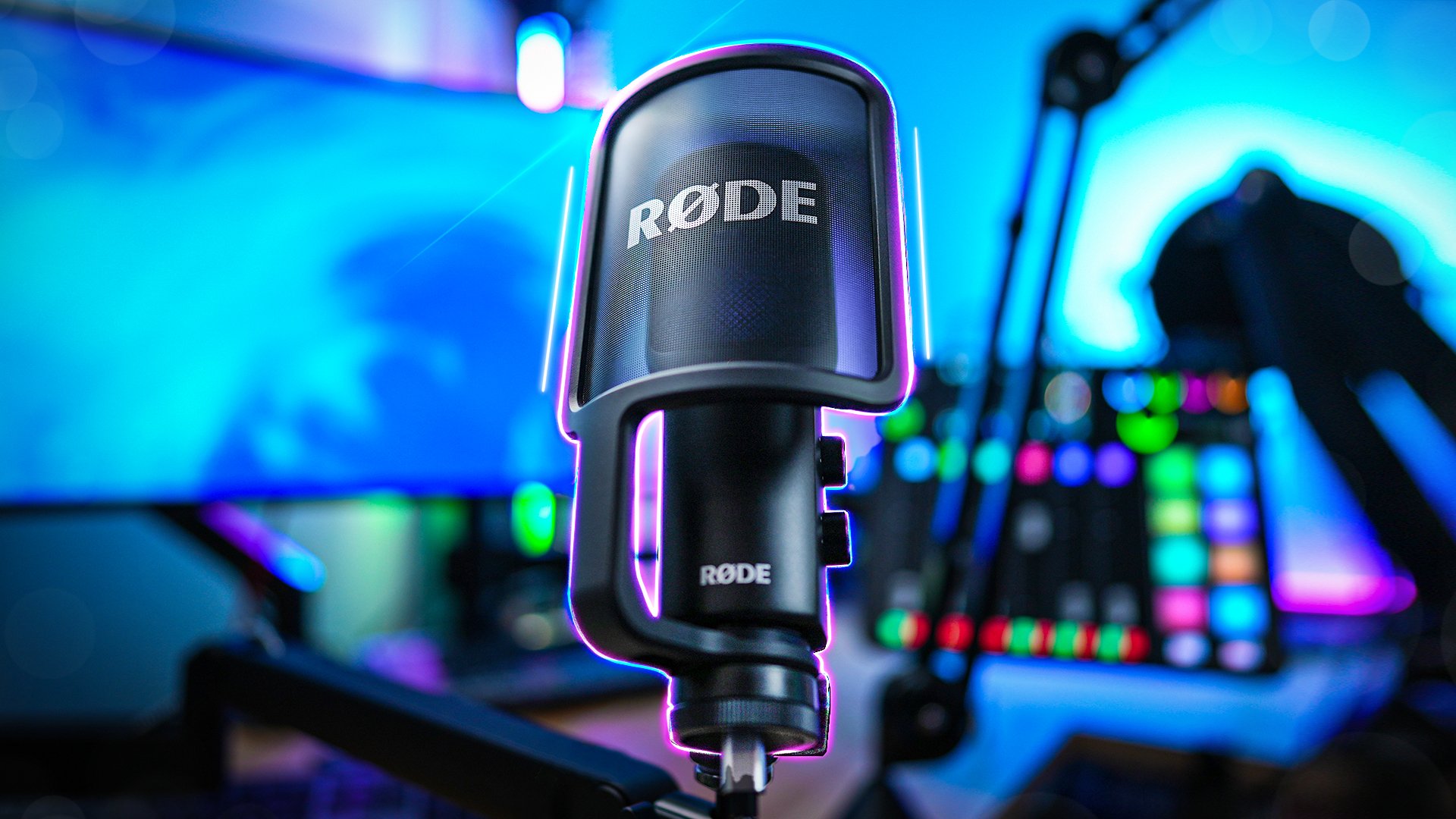USB vs. XLR Mics: What's the Difference?
/My recent video is all about the Rode NT-USB+, a pretty stellar sounding USB mic. This one kind of took my by surprise and both my wife and I have been using it for voiceovers, streams, and podcasts over the past few months. There have honestly been quite a few amazing USB mics released lately, so I thought it'd be a good idea to take some time and dive into the world of USB microphones and hopefully shed some light on the differences between USB and XLR.
The coolest part about exploring these mics is that it's pretty clear USB mics have come a long ways. Whether you want to dive into a bunch of Digital Signal Processing (DSP), software EQ, and settings, or you just want something ultra simple like the Sennheiser Profile , these mics aren't just "good for a USB mic" anymore– they're genuinely great microphones! So much so, that I hope we can start to break some of the stigma around USB mics and include them as truly viable options to consider. After all, it's all about finding what suits YOUR needs specifically, and not everyone needs a full on mixer setup.
Here are a few things that I think are important to keep in mind when deciding between USB and XLR microphones:
USB MIC PROS
•Ultra simple!
•Often plug and play (even if they have their own software, it’s usually not required to use the mic)
•Typically more affordable
•Many modern USB mics have genuinely incredible sound
•Even the "lowest end" mics will instantly level up your audio
•Usually come with more accessories like stands, pop filters, and cables
USB MIC CONS:
•Generally tough to use more than one at a time, so it's usually a one-mic-per-device situation (Rode’s Connect app does let you use up to 4 Rode USB mics at a time)
•Even some new models have antiquated USB connections (Micro USB in 2023? Really?!)
•Cannot connect to XLR mixers or interfaces (unless it's a combo mic like the new Rode NT-1 5th Gen, Shure MV7 or Samson Q9u)
•Positioning can sometimes be strange since some USB mics have pretty unique shapes or come with a permanently attached cable
XLR MIC PROS:
•Exponentially more options (honestly, it's not even funny how many more XLR mics there are)
•Super long lasting– even a great sounding USB mic could potentially become limited over time by outdated connectors or firmware/software
•Tons of flexibility for using multiple mics at the same time– as long as your mixer has enough inputs you can use as many mics as you like
•More high end options if you're looking to invest in something that's absolutely top of the line
XLR MIC CONS:
•Always need additional hardware (mixer, interface, etc)
•Usually have a steeper learning curve
•Depending on your mixer/interface, dynamic XLR mics may require an additional booster
This all gets broken down a little further in this super scientific explanation:
No matter what mic you choose, it's always a good idea to spend some time learning how to use it. That doesn't mean you need to become an expert in polar patterns and frequency charts, but learning the controls, positioning, and how to use any accessories or software that a mic comes with can really go a long ways towards better sound.
But again, it's all about finding what's best for you. Take other people's preferences and suggestions with a grain of salt (including mine) and trust your gut to find what you like!


